Seeking clarity
Envirotec Magazine
SEPTEMBER 5, 2022
sources include vehicle emissions, coal-burning power plants, industrial emissions, and burning agricultural waste. m/m3 was exceeded in 43% of all the cities analyzed, while in 2019 this had dropped to only 41%. The cities with the worst increases in this pollutant between 2010 and 2019 are predominantly in India.


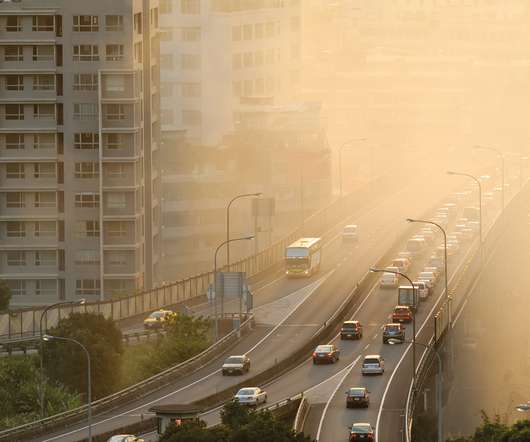
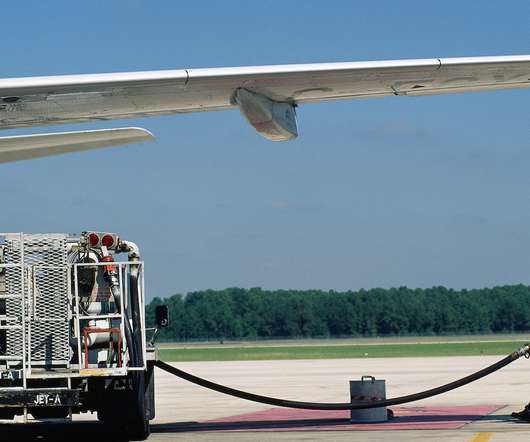

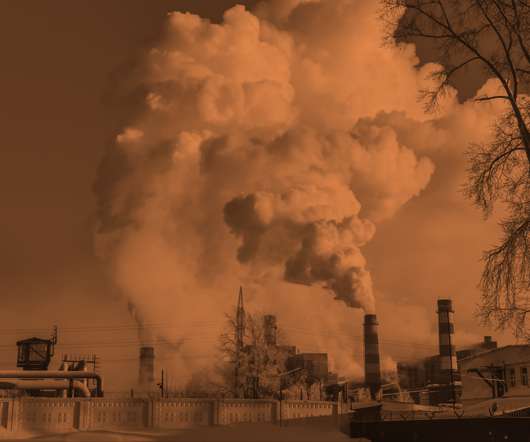
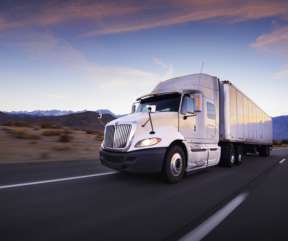


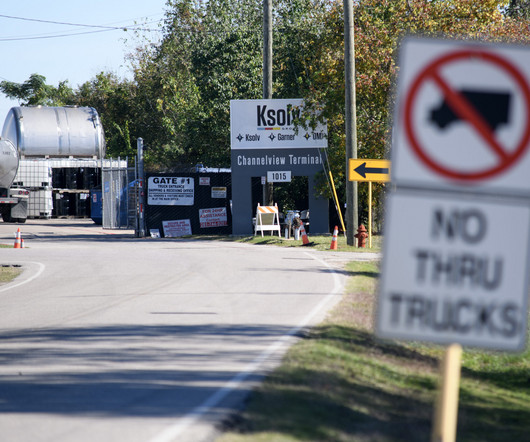
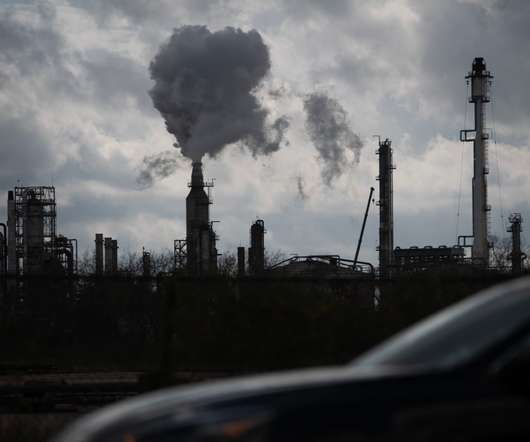








Let's personalize your content